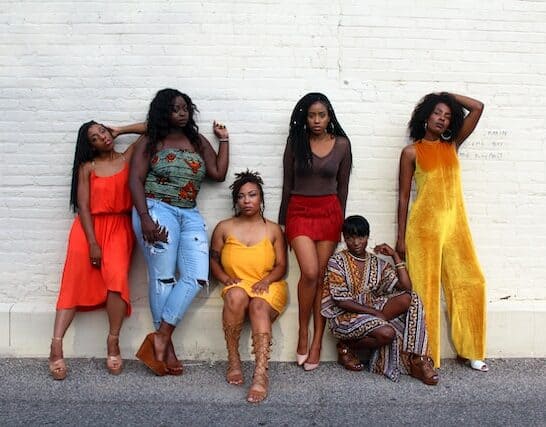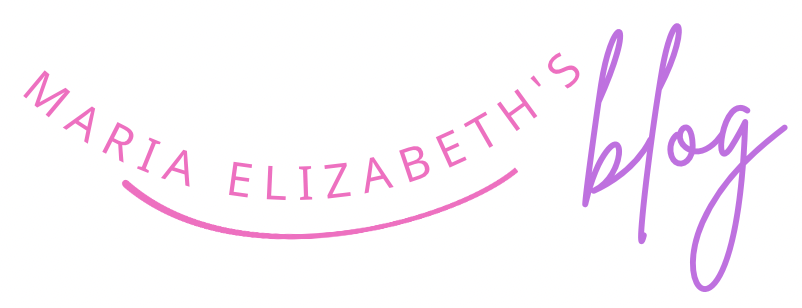
Attraction is an age-old concept
Attraction is an age-old concept in the field of beauty standards, dating back thousands of years. It is based on the idea that physical attributes can attract others, particularly in men. Male attraction is often based on physical appearance, whereas women can experience attraction based on compatibility, closeness, or love.
It’s a facet of power
In the 21st century, beauty standards have become a facet of power for many people. The idea that being beautiful is a good thing can give us tangible benefits like popularity, higher grades, and career advancement. However, the opposite is also true: if we are not pretty, we may face tangible consequences. One recent example is Chastity Jones, who sued for losing a job opportunity because of her dreadlocks.
The Civil Rights Movement embraced the afro as a symbol of black empowerment, but this stance alienated some people. Shirley Tate, a mixed-race woman in Chicago, remembers how her mother would tell her to wear a head wrap and plait her hair, since she felt that straight hair was not truly black.
Beauty norms are communal in nature, and as such they affect the wellbeing of individuals as well as a collective. In many cases, the demands for beauty fall most heavily on the poor, who have less access to the goods of the good life. South Korea is one country where beauty pressure is disproportionately concentrated on women, especially those of lower income.
It’s a social process
Beauty standards are social constructions that are shaped by society. They are defined as the physical attributes and ideas that appeal to human senses. They exclude corrective or rehabilitative measures. Beauty standards differ in different societies and cultures. The concept of beauty is a social construct that is developed and reinforced by the dominant culture.
Beauty practices cause harm to individuals and society as a whole. As body image anxiety rises, the demands on individuals to conform to certain standards are increasing. It is difficult to capture the scale of these harms on an individual level, but structural injustices are apparent. Young notes that certain laws contribute to these harms, including municipal zoning laws and private investment policies.
While scientists may say beauty standards are a result of evolution, the fact is that society has impacted the ideal of a beautiful person’s appearance. Racism, capitalism, and the media have all influenced the idea of what a beautiful person should look like. Furthermore, beauty products are highly marketed and are mainly profitable for the wealthy and socially powerful.
It’s a complex social process
The concept of beauty is incredibly complicated, with biological, psychological, social, and cultural factors all contributing to what is considered beautiful. Researchers believe that beauty standards are partly the result of a primitive cognitive process that begins early in life. As humans, we automatically classify some people as beautiful, whether by appearance, color, or even physical traits. While there is no universally accepted beauty standard, scientists agree that physical features do play a role.
